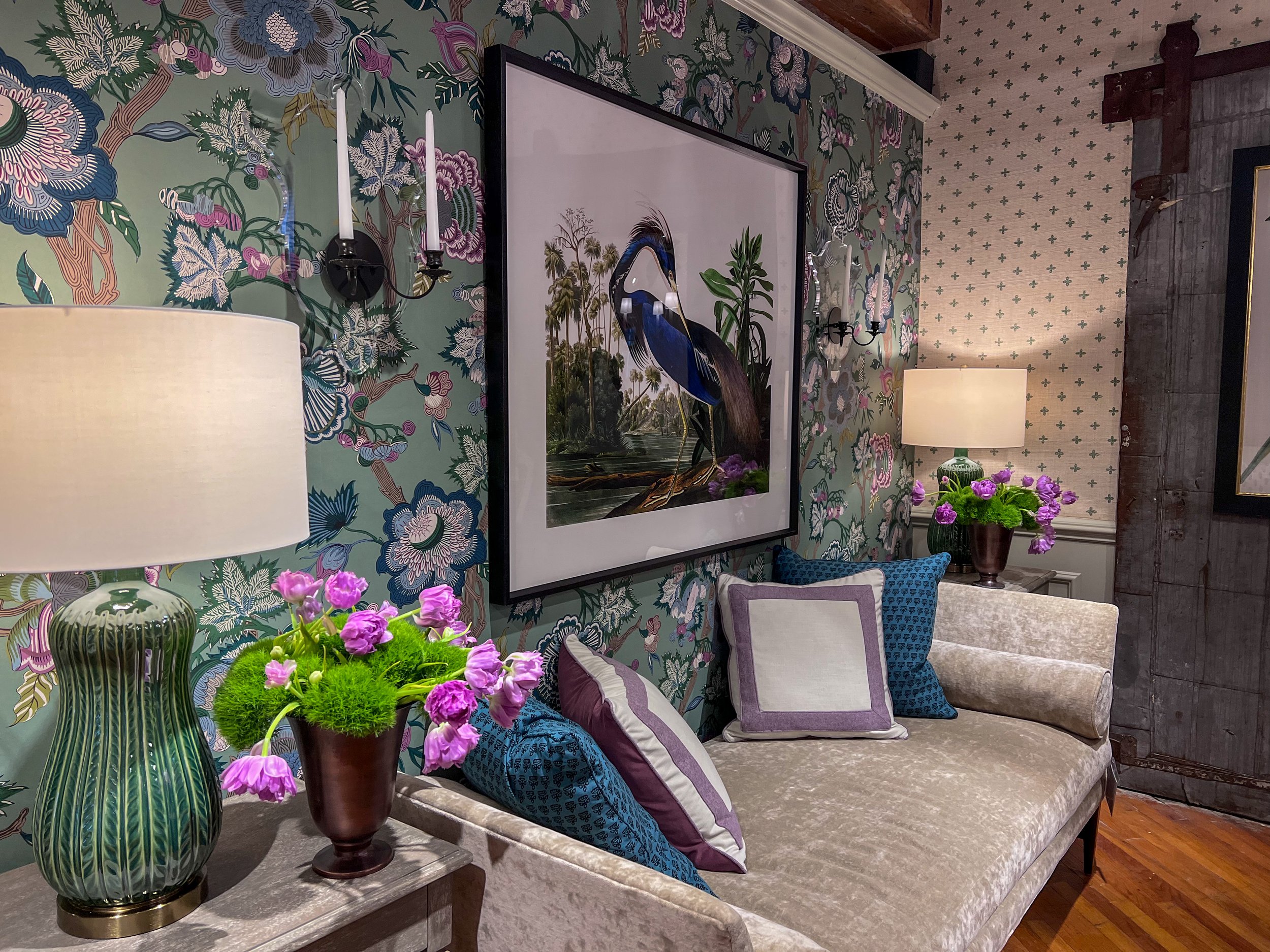Mindful Spaces: How Interior Design Shapes Mental Wellbeing
In a world that moves at an ever-accelerating pace, creating a haven for your mind within the walls of your home is more crucial than ever. Interior design isn't just about aesthetics; it's a powerful tool that can significantly impact your mental health and overall wellbeing.
When working with TheOC, you will have peace of mind knowing we are designing for you (the user) in mind, curating a home that encourages growth to evolve emotionally and physically and as naturally as possible.
1. Colors and Emotions:
The choice of colors in your living space goes beyond mere decoration; it can influence your mood and emotions. Soft blues and greens promote tranquility, while warm tones like oranges and yellows evoke feelings of warmth and happiness. Consider the emotional palette of your space to create a harmonious atmosphere.
2. Natural Light, Natural Uplift:
Maximizing natural light not only enhances the aesthetic appeal of your space but also contributes to your mental health. Exposure to natural light regulates circadian rhythms, promoting better sleep and boosting your mood. Consider light, flowing curtains and strategically placed mirrors to amplify the natural light in your home.
3. Clutter-Free Zones:
A cluttered space can lead to a cluttered mind. Embrace minimalist design principles to create open, clutter-free zones in your home. Streamlined spaces contribute to a sense of order and calmness, allowing your mind to relax and recharge.
4. Nature Indoors:
Biophilic design brings the outdoors in, integrating natural elements into your home. Incorporating plants, natural materials, and water features can enhance mental clarity, reduce stress, and foster a connection with nature.
5. Flexible Furniture for Versatile Minds:
Adaptable furniture arrangements cater to changing needs and activities, providing a sense of control and flexibility. Whether it's a cozy reading nook or an open space for yoga, a versatile interior fosters a dynamic environment that supports various aspects of mental wellbeing.
Image via Pinterest
Image Taken By @theoneillcasa Location: @rowefurniture showroom
6. Personalized Sanctuaries:
Your home should reflect your personality and provide a sense of identity. Personalized spaces, adorned with cherished items and memories, create a sanctuary that nurtures positive emotions and a sense of belonging.
7. Tech-Free Retreats:
Establishing tech-free zones within your home promotes mindful living. Designate areas for relaxation without screens, encouraging mental breaks and reducing the constant digital stimuli that can contribute to stress and anxiety.
8. Imagine walking into your living room and being greeted by textures that invite touch and warmth. Incorporate soft, tactile fabrics in your furniture and decor to create a sensory haven. Plush rugs underfoot, cozy throws draped over your favorite chair – these subtle touches contribute to a space that not only looks inviting but feels comforting, engaging your senses in a symphony of tactile delight.
9. Mindful Art and Décor:
Your walls are more than structural boundaries; they're canvases waiting to tell your story. Choose art and décor that resonate with your soul – pieces that evoke positive emotions or memories. Each painting, sculpture, or ornament becomes a visual affirmation of your journey, transforming your space into a gallery of personal inspiration and mindfulness.
10. Harmony in Design Elements:
Consider the holistic flow of your home's design. Create a harmonious balance between furniture, colors, and décor elements. Picture a space where every piece interacts seamlessly with its surroundings, contributing to a sense of unity and balance. It's not just about individual pieces; it's about orchestrating a visual symphony where each element plays a unique yet harmonious role.
11. Mindful Zones for Reflection:
Designate spaces for quiet reflection within your home. Picture a cozy reading corner bathed in soft light, a meditation nook surrounded by calming colors, or a corner with a comfortable chair for moments of introspection. These mindful zones provide pockets of tranquility, allowing you to retreat into your thoughts and find solace in the midst of life's busyness.
12. Aromatherapy Integration:
Engage your senses by incorporating aromatherapy into your design. Picture the subtle fragrance of lavender in your bedroom, promoting relaxation, or the invigorating scent of citrus in your workspace. Essential oils, scented candles, or even indoor plants with aromatic leaves can add a multi-sensory dimension to your space, enhancing your overall mental wellbeing.
13. Personal Growth Corners:
Create dedicated spaces for personal growth and development. Imagine a corner with a bookshelf filled with inspirational reads, a vision board mapping out your goals, or a desk for creative pursuits. These corners serve as constant reminders of your aspirations and provide a motivating backdrop for personal evolution.
14. Community-Centric Design:
Consider the social aspect of your space. Arrange furniture to encourage conversation, and create inviting spaces for gatherings. It's about fostering connections and building a sense of community within the walls of your home. Picture a dining table where friends and family gather for shared meals, or a cozy seating arrangement that invites conversation and laughter.
15. Spaces for Daily Routines:
Transform daily routines into mindful ones by designing spaces that enhance these moments. Picture a serene bathroom adorned with soothing colors and soft lighting for a calming morning routine. A well designed space plan in your kitchen can turn meal preparation into a joyful, meditative experience. Designing spaces with intention transforms mundane tasks into opportunities for mindfulness.
When we are crafting your home into a sanctuary, each detail becomes a brushstroke on the canvas of your life. Embrace the personal, the sensory, and the intentional, creating a space that not only nurtures your mental wellbeing but also becomes an extension of your unique life journey.
Design | @theoneillcasa





